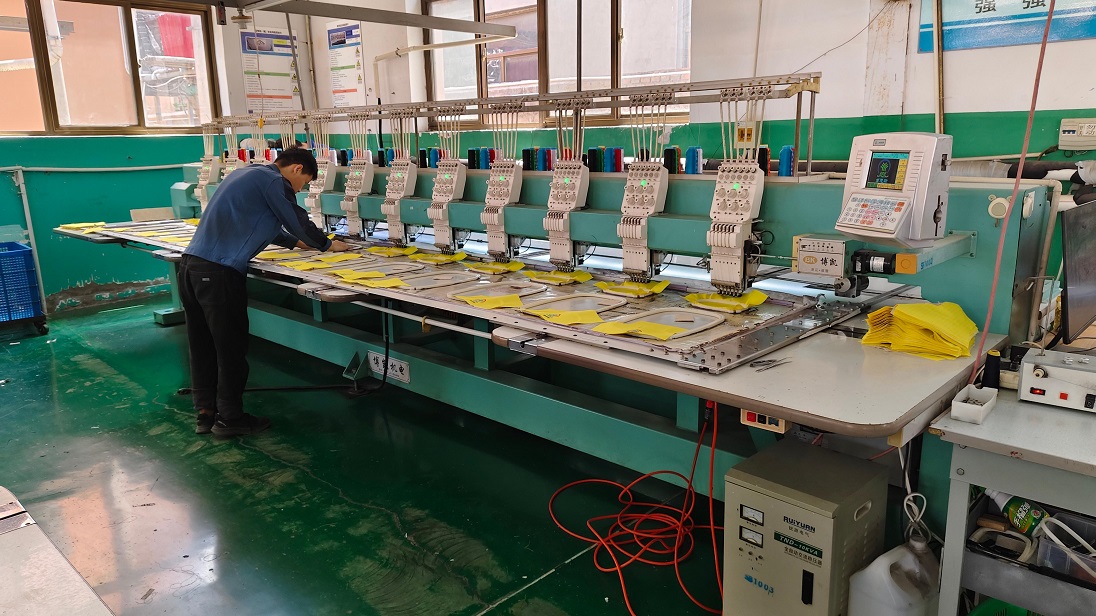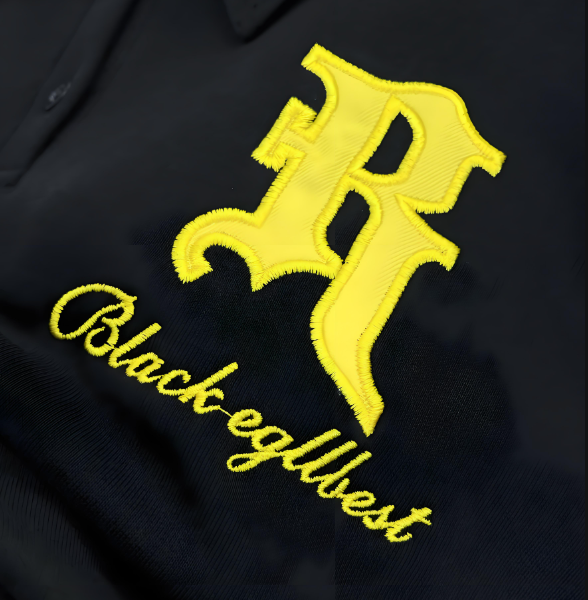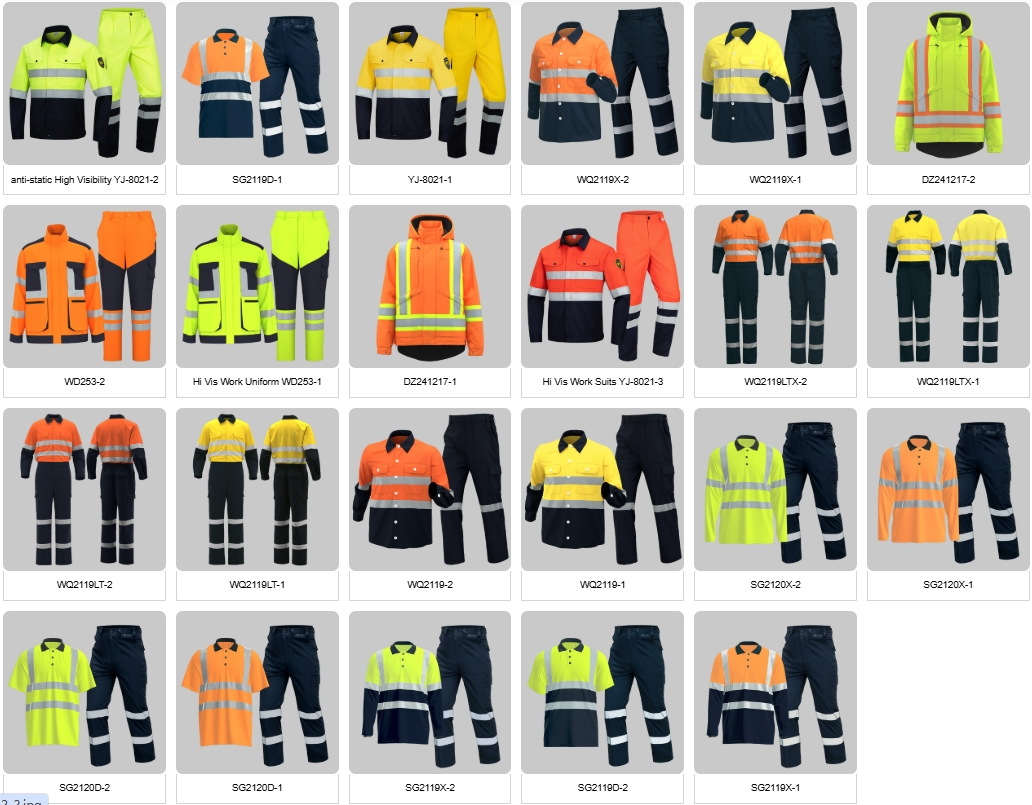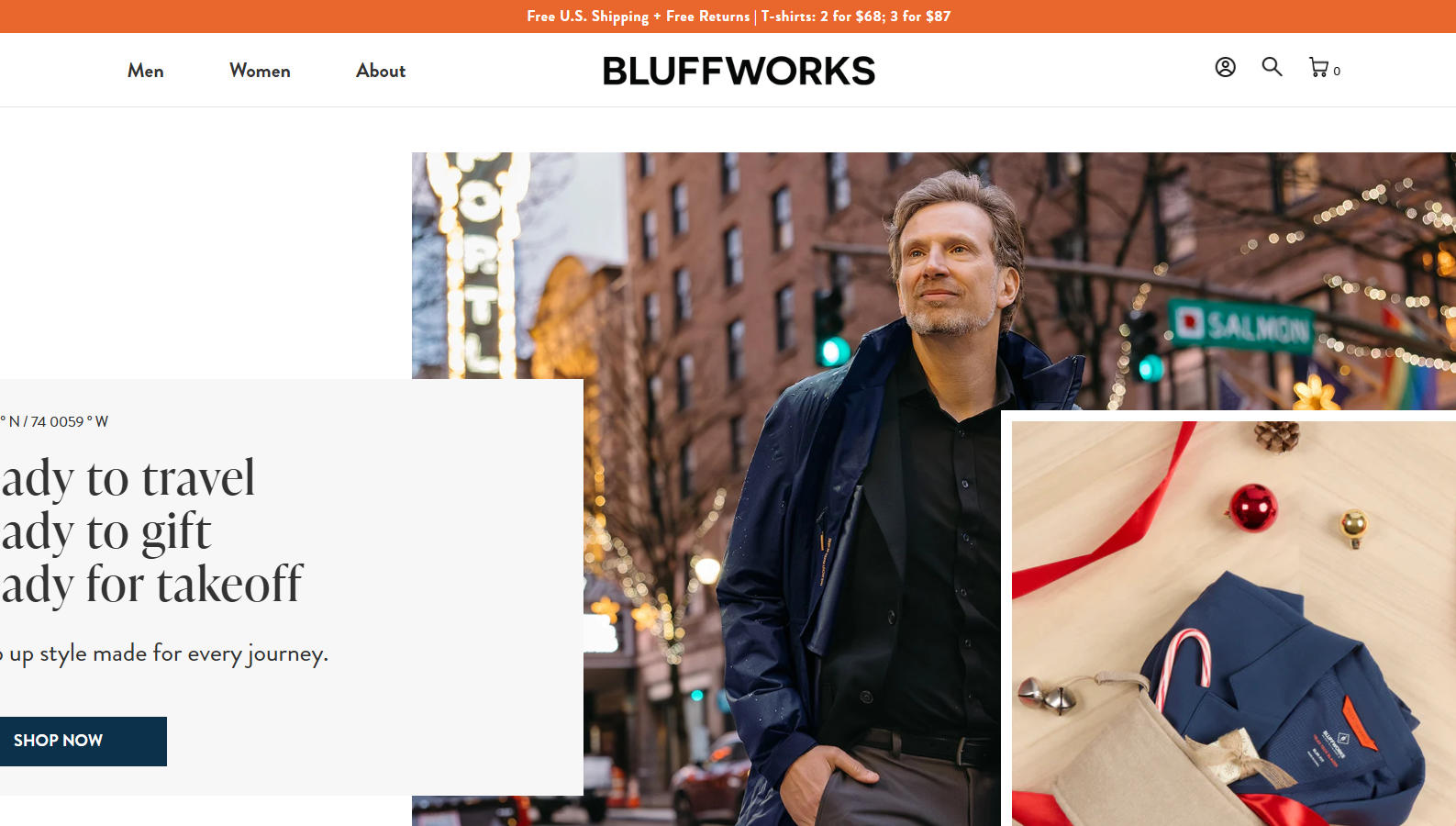Here is a comprehensive guide to custom embroidered workwear, covering everything from the benefits and process to choosing garments and finding a supplier.
The Ultimate Guide to Custom Embroidered Workwear
Custom embroidered workwear is a powerful tool for branding, professionalism, and team unity. It involves stitching your logo or text directly onto garments like shirts, polos, and jackets using specialized multi-needle machines.
1. Why Choose Custom Embroidery? Benefits
-
Professional Branding: A clean, stitched logo looks more premium and established than a printed one. It conveys permanence and quality.
-
Durability: Embroidery withstands washing, abrasion, and the elements far better than most prints. It won’t crack, peel, or fade quickly, making it ideal for work environments.
-
Perceived Value: Employees often perceive embroidered uniforms as higher quality, which can boost morale and pride in wearing them.
-
Brand Consistency: Ensures your logo is displayed correctly with exact colors and proportions on every single garment.

embroidery workshop
2. The Embroidery Process: Step-by-Step
-
Consultation & Quote: You discuss your needs with a decorator (the company doing the embroidery). They provide a quote based on the garment cost, number of stitches in your logo, and order quantity.
-
Artwork Digitization: This is the most crucial technical step. Your logo (usually a .jpg or .png file) is converted into a digital file (.dst, .pes) that an embroidery machine can read. A skilled digitizer programs the stitch types, direction, density, and order. Poor digitization leads to poor results.
-
Approval of Sample Stitch-Out: The decorator will stitch your logo onto a piece of fabric (a “sew-out”) for your approval. This is your chance to check thread colors, size, and overall quality before it goes on all your garments.
-
Production: Once approved, the garments are hooped (secured in place) and the machines stitch your design onto each one.
-
Quality Check & Delivery: Each piece is checked for loose threads or errors, then packaged and delivered.
3. Choosing the Right Garments for Embroidery
The best garment is a combination of your industry’s needs and a fabric that embroidery works well on.
Recommended Fabrics & Styles:
-
Polo Shirts: The #1 choice. Made of pique cotton or poly-cotton, their textured knit fabric is ideal for holding stitches without puckering.
-
Button-Down Shirts: Great for a professional look (e.g., mechanics, realtors). Twill or broadcloth fabrics work well.
-
Jackets & Vests: Fleece, soft-shell, and canvas materials are excellent for embroidery, providing a large, highly visible space for a logo.
-
Heavyweight T-Shirts & Hoodies: Choose 100% cotton or cotton-poly blends that are at least 6 oz. weight. Lightweight tees (like a typical 4.5 oz t-shirt) can pucker under the tension of the stitches.
-
Beanies & Caps: Structured caps with a firm front panel are made for embroidery.
Fabrics to Be Cautious With:
-
Very Thin or Stretchy Knits: Can cause puckering.
-
Loosely Woven Fabrics: The stitches might sink in or cause pulling.
-
Nylon or Waterproof Shells: Require special needles and techniques to prevent leaking.
4. Design Tips for a Great Embroidered Logo
-
Simplify Complex Logos: Fine details, tiny text, and subtle gradients do not translate well to thread. Simplify your design for maximum impact.
-
Mind the Size: The more stitches your logo has, the larger it needs to be to remain legible. A good rule of thumb is to keep text at least 1/4 inch (6 mm) tall.
-
Limit Your Colors: Each color requires the machine to stop and re-thread. More colors = higher cost. 1-4 colors are standard and cost-effective.
-
Avoid “Hairlines”: Very thin lines can get lost or break. Ensure all lines in your design have a minimum thickness.

EMBROIDERY
Example of a Good vs. Bad Design for Embroidery:
-
Good: A simplified logo with clear shapes, bold text, and limited colors.
-
Bad: A complex, detailed illustration with a full-color photograph gradient and a 6-point company name underneath.
5. Finding a Supplier & Getting a Quote
You can work with:
-
Local Embroidery Shops: Great for small to medium orders, personalized service, and seeing samples in person.
-
Online Decorators: Often have large catalogs and streamlined ordering systems (e.g., CustomInk, Lands’ End Business Outfitter). Good for simplicity.
-
Promotional Product Distributors: They source the garments and manage the decoration through a partner.
Questions to Ask a Potential Supplier:
-
“Do you do your digitization in-house?” (This indicates better quality control).
-
“Can I see a physical sew-out before my full order is produced?”
-
“What is your pricing structure? (Is it by stitch count or a flat fee?)”
-
“What is the turnaround time, including digitization?”
-
“Do you have a minimum order quantity (MOQ)?”
6. Typical Pricing Structure
Cost is typically Garment Cost + Setup Fee + Per-Piece Embroidery Cost.
-
Setup/Digitization Fee: A one-time fee (usually $15 – $50+) to create the digital file. You own this file for future orders.
-
Per-Piece Cost: Based on the number of stitches in your design (e.g., $0.008 per thousand stitches) or a flat fee per location (e.g., $7.99 per shirt).
-
Volume Discounts: The price per piece drops significantly with higher quantities.
Example Quote for 24 Polo Shirts:
-
24 Port Authority Polo Shirts: @$20/each = $480
-
One-time Digitization Fee: $35
-
Embroidery per shirt (8,000 stitches): @$4.50/each = $108
-
Total: $623 (or about $26 per finished shirt)
Quick-Start Checklist
-
Finalize Your Logo Artwork in a vector format (AI, EPS) if possible.
-
Choose Your Garment considering fabric, color, and fit.
-
Determine Quantity to get accurate volume pricing.
-
Contact 2-3 Suppliers for quotes.
-
Request a Sew-Out Sample before approving the full order.
-
Plan Your Timeline accounting for digitization and production (usually 1-3 weeks).
By following this guide, you can navigate the process confidently and end up with professional, durable custom workwear that effectively represents your brand for years to come.
For some insightful reads, we’ve curated a list of recommended articles just for you:
- How do I find a product manufacturer in China?
- How to find cheap manufacturers in China? A guide to avoid pitfalls
- How to complete your first purchase of workwear in China safely and efficiently
- Custom uniforms for Small business
- Choosing the Best Industrial Work Suit
- Ultimate Guide: Best Wholesale Work Clothes in China
- Cut & Sew Customization
- Logo Customize Clonthing Manufacturer
- Labour Uniform manufacturer
- Labor clothing uniform for sale
- Working clothes china wholesale
Can’t find what you’re looking for? Feel free to contact us. We’re here to help 24/7.





